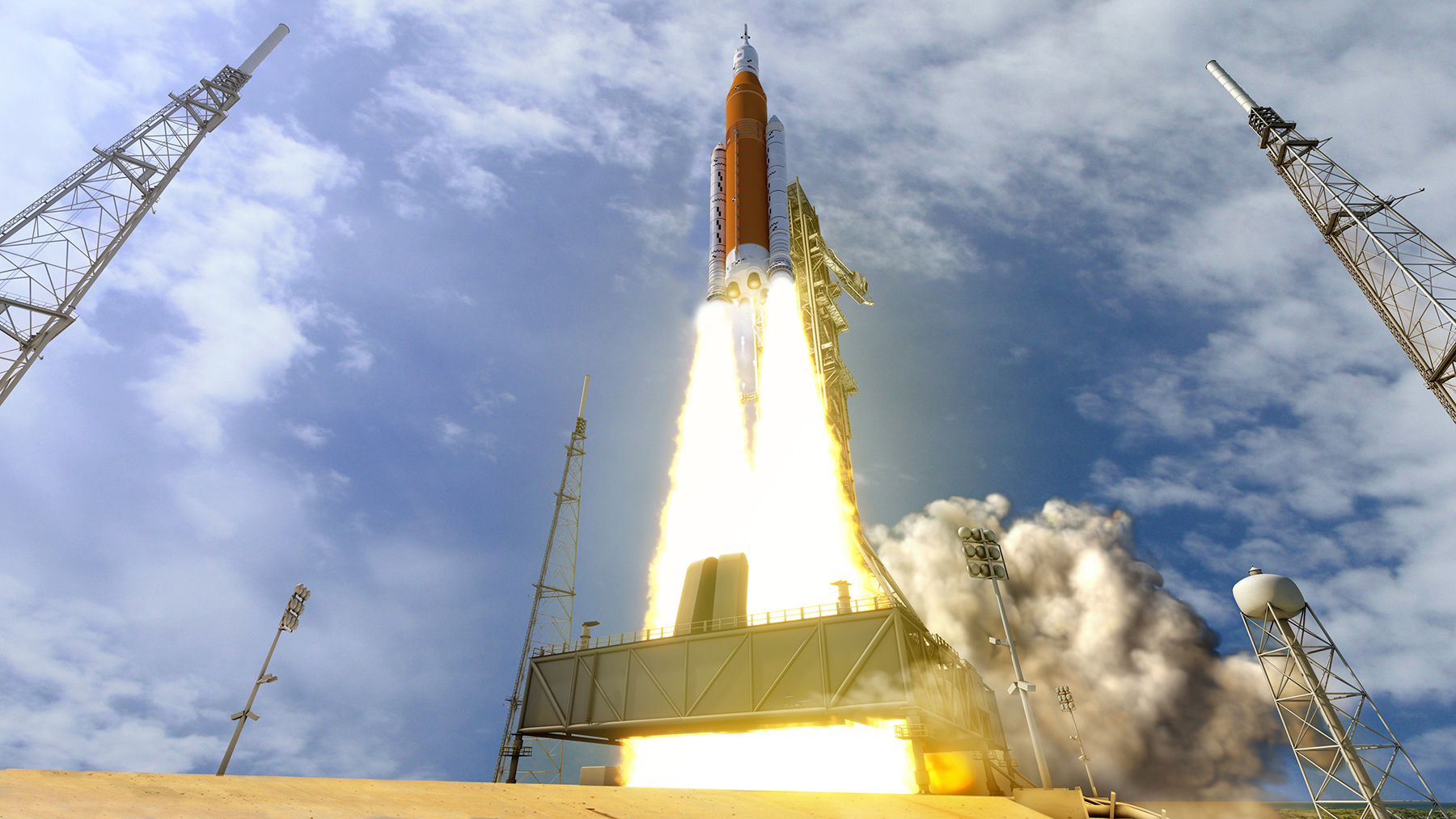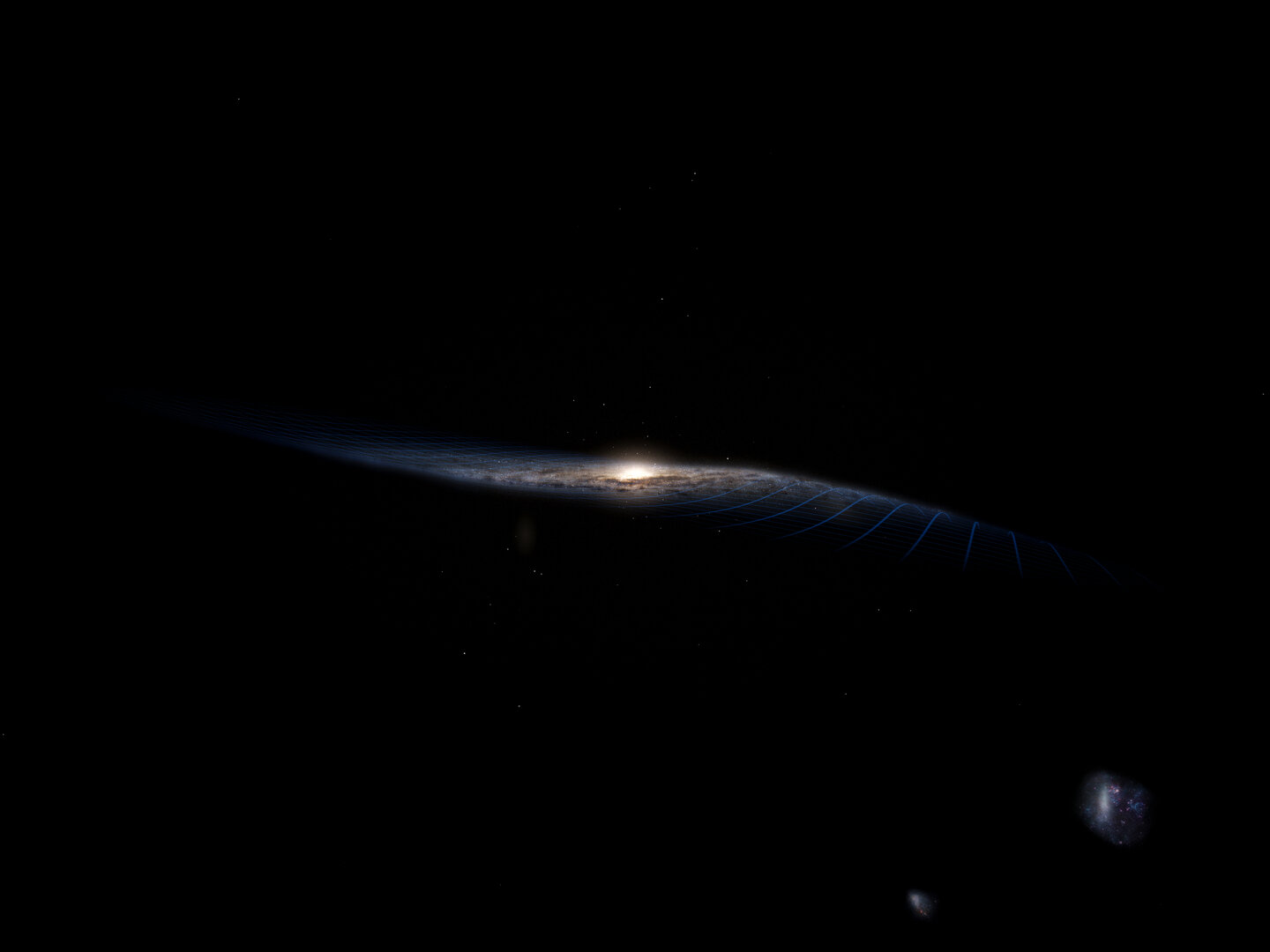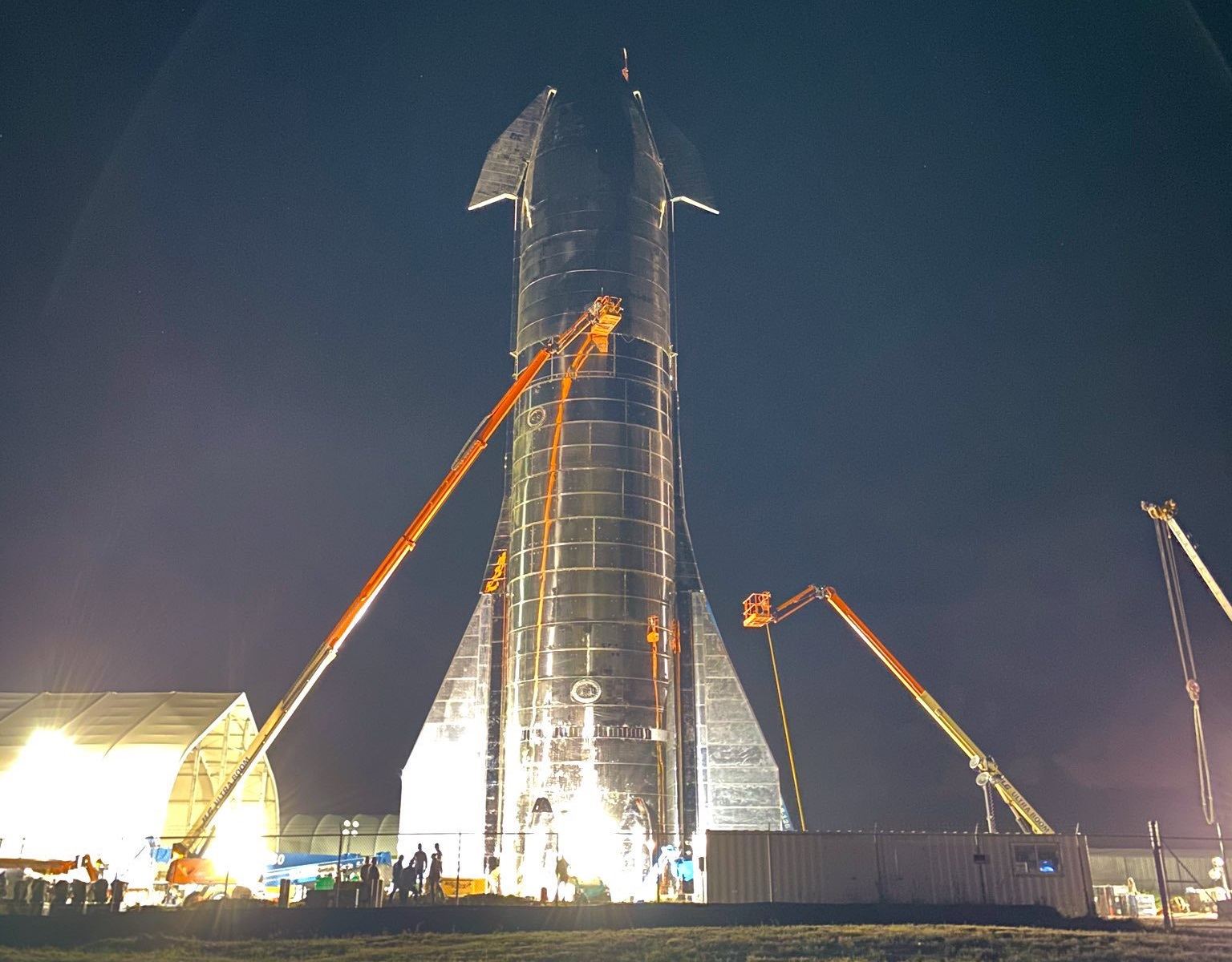On Friday, March 6th, as part of the company’s 20th Commercial Resupply Services (CRS-20) mission, SpaceX launched a Dragon 1 capsule destined for the International Space Station (ISS). The mission involved the transport of supplies, as well as materials related to the more than 250 science investigations taking place aboard the ISS. More than that, it represented a milestone for the aerospace manufacturer.
Continue reading “SpaceX Launches its Last Dragon 1 Mission to the ISS”Europe’s Mission to Jupiter’s Moons Just Got its First Instrument
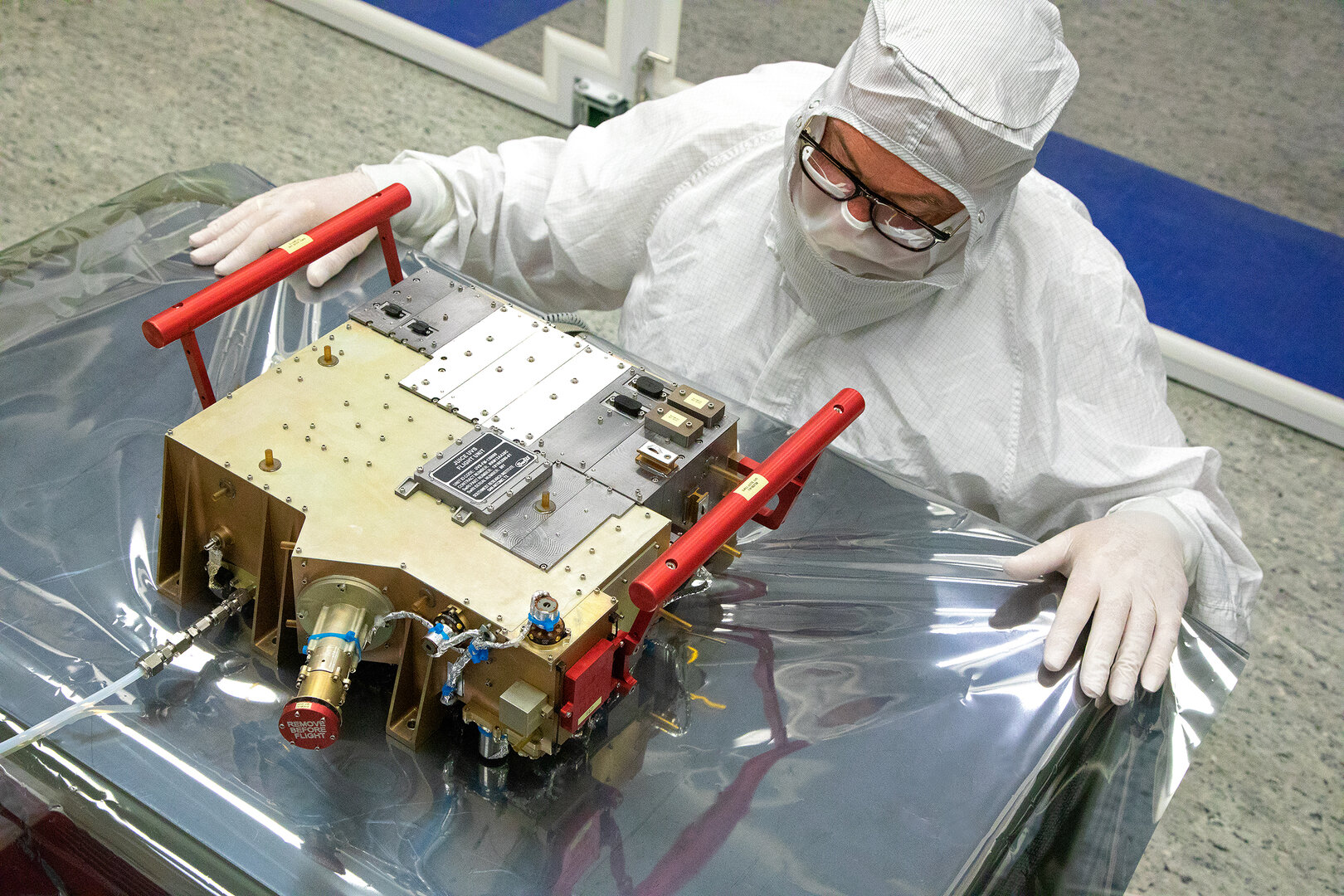
The space agencies of the world have some truly ambitious plans in mind for the coming decade. Alongside missions that will search for evidence for past (and maybe present) life on Mars, next-generation space telescopes, and the “return to the Moon”, there are missions will which will explore Jupiter’s moons for signs of extra-terrestrial life. These include the ESA’s JUpiter Icy Moon Explorer (JUICE), which will launch in 2022.
As part of the agency’s Cosmic Vision 2015-2025 program, this spacecraft will conduct detailed observations of Jupiter and three of its large moons – Ganymede, Callisto, and Europa – to see if they could indeed harbor life in their interiors. Late last month (Feb. 25th), the first instrument that will fly aboard JUICE and aid in these efforts was delivered and began the process of integration with the spacecraft.
Continue reading “Europe’s Mission to Jupiter’s Moons Just Got its First Instrument”Mars 2020’s New Name is… “Perseverance”
Sojourner, Spirit, Opportunity, Curiosity… For decades, NASA’s robotic rovers have explored the surface of Mars looking for clues about its past and subsequent evolution. With every success and discovery, their names became part of the public discourse, infiltrating our vocabulary the same way iconic figures like Armstrong, Einstein, and Hubble did. But what of the next rover that will be sent to explore Mars this summer?
NASA has serious plans for the Mars 2020 rover, the next installment in the Mars Exploration Program after its sister-rover Curiosity. But before this mission can launch and add its impressive capabilities to the hunt for life on Mars (past and present), it needed a proper name. Thanks to Alexander Mather (a grade 7 student from Burke, Virginia), it now has one. From this day forward, the Mars 2020 rover will be known as the Perseverance rover!
Continue reading “Mars 2020’s New Name is… “Perseverance””XMM Newton Catches a Tiny Flare Star in Action
Sometimes, even small stars can pack a mighty punch. And in the case of a flare star, the results can be awesome. Very awesome.
Astronomers uncovered just such an anomaly recently, culling through data from the European Space Agency’s XMM-Newton orbiting X-ray observatory: the first X-ray flare from a distant cool L-dwarf type star.
Continue reading “XMM Newton Catches a Tiny Flare Star in Action”Beyond Robotic Arms. Canada Funds Technology for Space Exploration

The Canadian Space Agency (CSA) has a long-standing tradition of innovation and technological development in space. Who can forget the Shuttle Remote Manipulator System (SRMS), more familiarly known as the “Canadarm“, which was essential to the Space Shuttle program? How about its successor, the Canadarm2, which is a crucial part of the International Space Station and even helped assemble it?
Looking to the future, the CSA intends to play a similar role in humanity’s return to the Moon – which includes the creation of the Lunar Gateway and Project Artemis. To this end, the CSA recently awarded a series of contracts with private businesses and one university to foster the development of technologies that would assist with national and international efforts to explore the Moon.
Continue reading “Beyond Robotic Arms. Canada Funds Technology for Space Exploration”The First Artemis Launch has Been Delayed Until Mid-to-Late 2021
Since December of 2017, NASA has been working towards the goal of sending “the next man and first woman” to the Moon by 2024, which will be the first crewed lunar mission since the Apollo Program. As part of this mission, known as Project Artemis, NASA has been developing both the Space Launch System (SLS) and the Orion spacecraft, which will allow the astronauts to make the journey.
Originally, it was hoped that the first uncrewed flight of the SLS and Orion (Artemis I) would take place later this year. But according to recent statements by Associate Administrator Steve Jurczyk, this inaugural launch will most likely take place “mid to late” in 2021. This is the latest in a series of delays for the high-profile project, which has been making impressive progress nevertheless.
Continue reading “The First Artemis Launch has Been Delayed Until Mid-to-Late 2021”The Disk of the Milky Way is Warped Because it Already Collided With Another Galaxy
For decades, astronomers have been trying to understand why the Milky Way galaxy is warped the way it is. In recent years, astronomers have theorized that it could be our neighbors, the Magellanic Clouds, that are responsible for this phenomenon. According to this theory, these dwarf galaxies pull on the Milky Way’s dark matter, causing oscillations that pull on our galaxy’s supply of hydrogen gas.
However, according to new data from the European Space Agency’s (ESA) star-mapping Gaia Observatory, it is possible that this warp is the result of an ongoing collision with a smaller galaxy. These findings confirm that the warp in our galaxy is not static, but subject to change over time (aka. precession), and that this process is happening faster than anyone would have thought!
Continue reading “The Disk of the Milky Way is Warped Because it Already Collided With Another Galaxy”Magnetic Fields Around Mars InSight are 10x Stronger than Scientists Expected
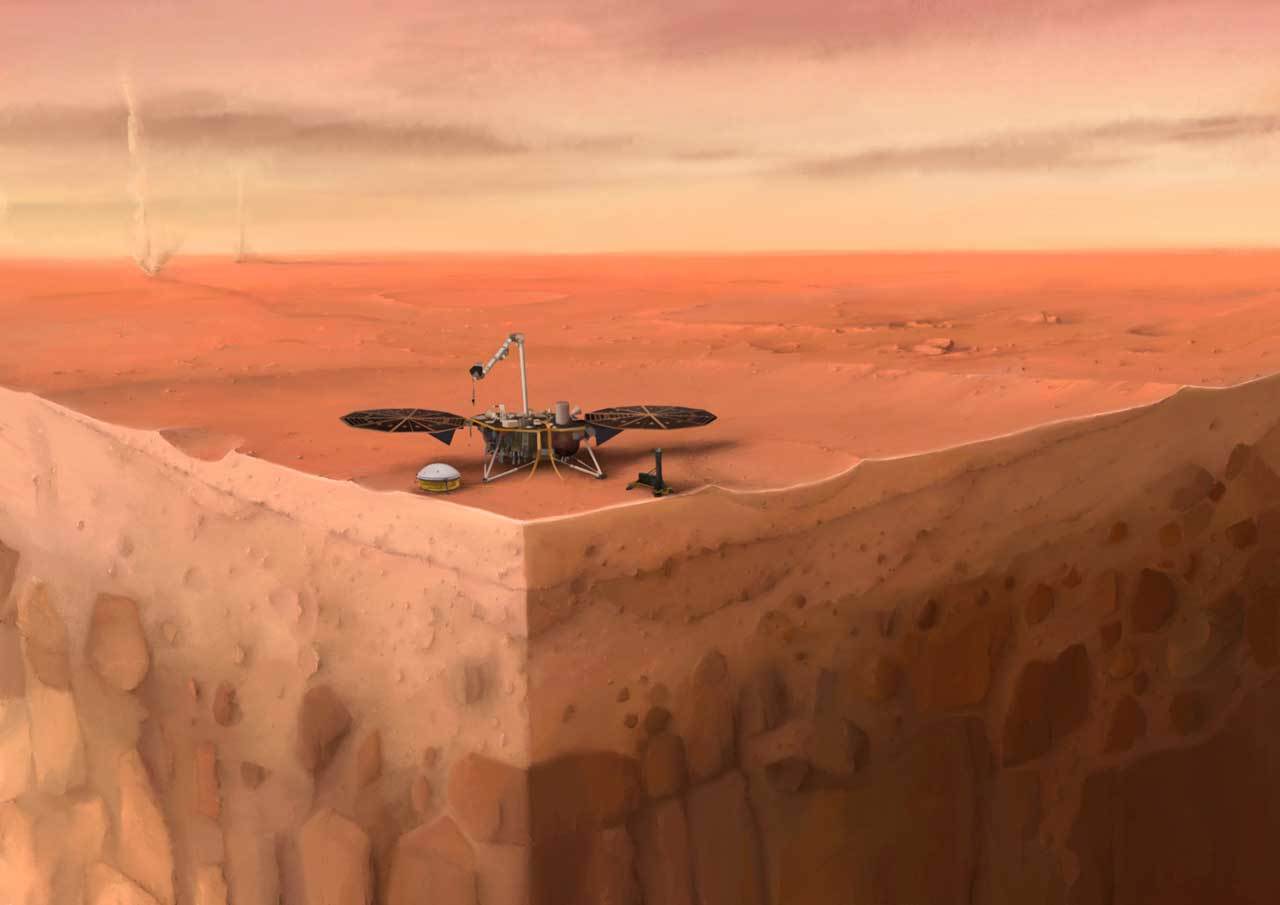
When NASA’s Interior Exploration using Seismic Investigations, Geodesy and Heat Transport (Insight) lander set down on Mars in November of 2018, it began its two-year primary mission of studying Mars’ seismology and interior environment. And now, just over a year and a half later, the results of the lander’s first twelve months on the Martian surface have been released in a series of studies.
One of these studies, which was recently published in the journal Nature Geosciences, shared some rather interesting finds about magnetic fields on Mars. According to the research team behind it, the magnetic field within the crater where InSight’s landed is ten times stronger than expected. These findings could help scientists resolve key mysteries about Mars’ formation and subsequent evolution.
Continue reading “Magnetic Fields Around Mars InSight are 10x Stronger than Scientists Expected”Introducing Analog Sky’s 3D-Printed Giant Binoculars
Update: we’re happy to announce that Analog Sky is making a special offer just for Universe Today readers for its new giant binoculars.
A unique, crowd-sourced, 3D-printed telescope is poised to revolutionize how we look at the sky.
Late last year, we announced Oregon-based innovator and amateur astronomer Robert Asumendi’s plans to release the Analog Sky telescope system, featuring a set of giant space binoculars. Now, we’re happy to announce that Robert has officially launched the project as a crowd-funded campaign on Indiegogo.
Continue reading “Introducing Analog Sky’s 3D-Printed Giant Binoculars”Another Reminder that Spaceflight is Difficult. Starship Prototype Explodes and Falls Over
SpaceX’s Starship has been hitting some bumps making its way from the drawing board to space. As the spacecraft element of the Elon Musk’s proposed super-heavy launch system, the Starship will one day become the workhorse of SpaceX, replacing the Falcon 9 and Falcon Heavy launchers. Unfortunately, another Starship prototype recently experienced a structural failure during pressure testing that caused it to explode.
Continue reading “Another Reminder that Spaceflight is Difficult. Starship Prototype Explodes and Falls Over”



